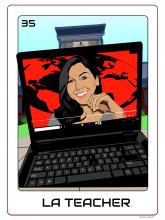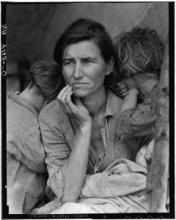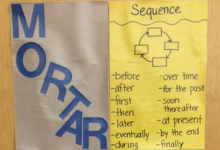Pilot curriculum, join a PLC, and more
Inclusion strategies can energize instruction for all learners and expand opportunities for them to make a difference in their communities. Tap these powerful support resources to explore new ideas and tools in your classroom.





